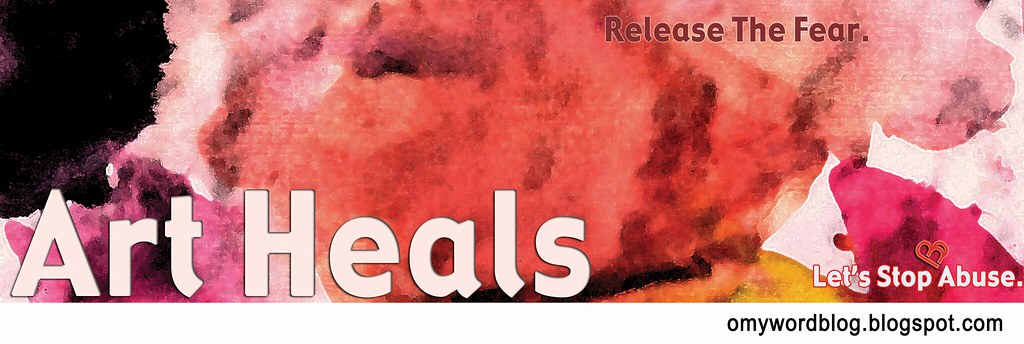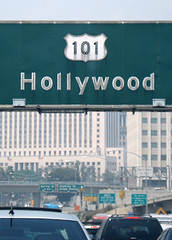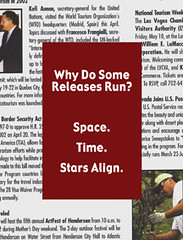It’s about time. According to Jonah Bloom’s article in AdvertisingAge, marketers are moving away from numbers and toward measuring changes in consumer attitudes and behaviors.
I’m not sure the solutions that the article alludes to are the right ones, but the premise — as the media landscape changes so is advertising — is spot on. Marketers and advertisers are beginning to consider media reach as less important than the platform's relationship to the audience.
Effective communication is about changing behavior.
Now that more are adopting the concept, one question remains: do they know how to do it? Procter & Gamble (P&G) seems to.
"Historically at P&G we looked at product performance. We didn't pay as much attention to product experience," Claudia Kotchka, vice president of design innovation and strategy at P&G, told ADWEEK, discussing how Gain Joyful Expressions’ curvy shapes and bright colors played a factor in it becoming a billion-dollar brand. "Obviously the product cleans fabulously, but this is all about joy. When consumers open the bottle, they like the smell. The bottle itself is much more whimsical. It's about taking the elements people wouldn't think are important and having them add up to the overall brand experience."
Product design is not the only place P&G is working hard to win over consumers. P&G recently rolled out an online campaign within Facebook to tout odor-eliminating Febreze to college students. You can access the group at Whatstinks.com. (Talk about changing behavior. I wish it were around when, as a resident advisor, I had to counsel a young freshman why his unsanitary habits were driving roommates away.)
Of course, few things are wrinkle free; online consumer relationships included. Specifically, online consumers have noted that new custom advertising is kind of creepy. In fact, it took Facebook and MySpace proposed ad platforms to open their eyes to just how much online tracking there really is. Enough so that Facebook’s idea to target consumers based on what is in their online profiles has caught the attention of online privacy advocates and the Federal Trade Commission.
In other words, any backlash from overzealous consumer profiling could land squarely on Facebook. We mentioned that potential hazard when Harris Interactive released preliminary information about mobile advertising back in April. During the Webinar, Harris had cautioned advertisers not move too fast without opt-in and opt-out features or consumers and privacy advocates might push back.
It looks like some are pushing. In fact, some are pushing so hard that BusinessWeek noted how a "do not track" list could backfire because it could mean even more advertising, not less.

I’m not sure the solutions that the article alludes to are the right ones, but the premise — as the media landscape changes so is advertising — is spot on. Marketers and advertisers are beginning to consider media reach as less important than the platform's relationship to the audience.
Effective communication is about changing behavior.
Now that more are adopting the concept, one question remains: do they know how to do it? Procter & Gamble (P&G) seems to.
"Historically at P&G we looked at product performance. We didn't pay as much attention to product experience," Claudia Kotchka, vice president of design innovation and strategy at P&G, told ADWEEK, discussing how Gain Joyful Expressions’ curvy shapes and bright colors played a factor in it becoming a billion-dollar brand. "Obviously the product cleans fabulously, but this is all about joy. When consumers open the bottle, they like the smell. The bottle itself is much more whimsical. It's about taking the elements people wouldn't think are important and having them add up to the overall brand experience."
Product design is not the only place P&G is working hard to win over consumers. P&G recently rolled out an online campaign within Facebook to tout odor-eliminating Febreze to college students. You can access the group at Whatstinks.com. (Talk about changing behavior. I wish it were around when, as a resident advisor, I had to counsel a young freshman why his unsanitary habits were driving roommates away.)
Of course, few things are wrinkle free; online consumer relationships included. Specifically, online consumers have noted that new custom advertising is kind of creepy. In fact, it took Facebook and MySpace proposed ad platforms to open their eyes to just how much online tracking there really is. Enough so that Facebook’s idea to target consumers based on what is in their online profiles has caught the attention of online privacy advocates and the Federal Trade Commission.
In other words, any backlash from overzealous consumer profiling could land squarely on Facebook. We mentioned that potential hazard when Harris Interactive released preliminary information about mobile advertising back in April. During the Webinar, Harris had cautioned advertisers not move too fast without opt-in and opt-out features or consumers and privacy advocates might push back.
It looks like some are pushing. In fact, some are pushing so hard that BusinessWeek noted how a "do not track" list could backfire because it could mean even more advertising, not less.























